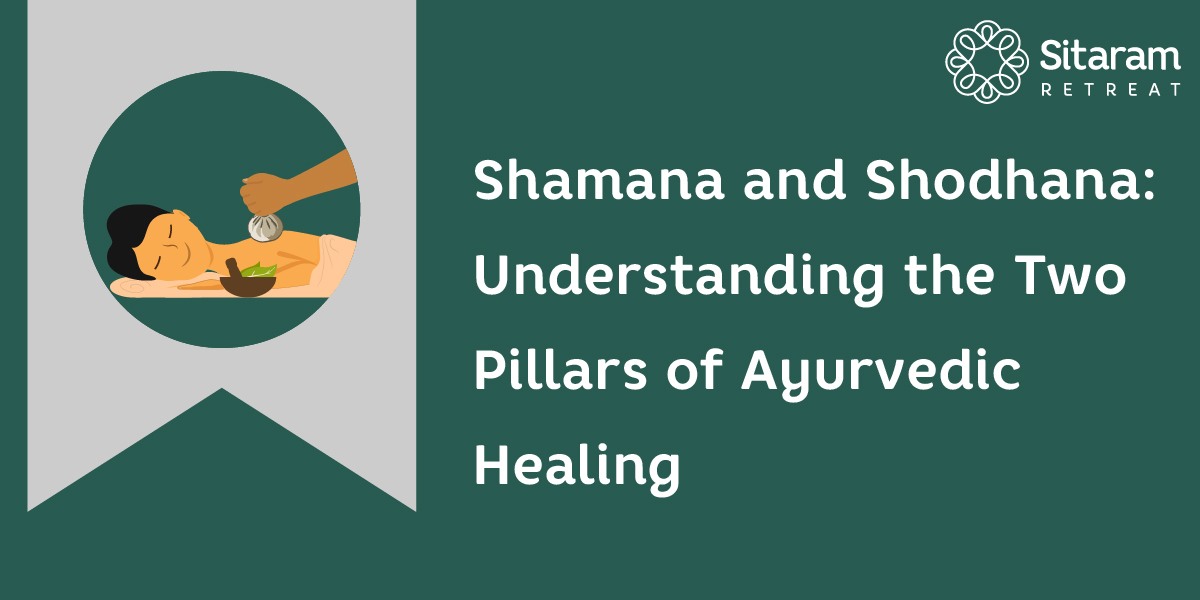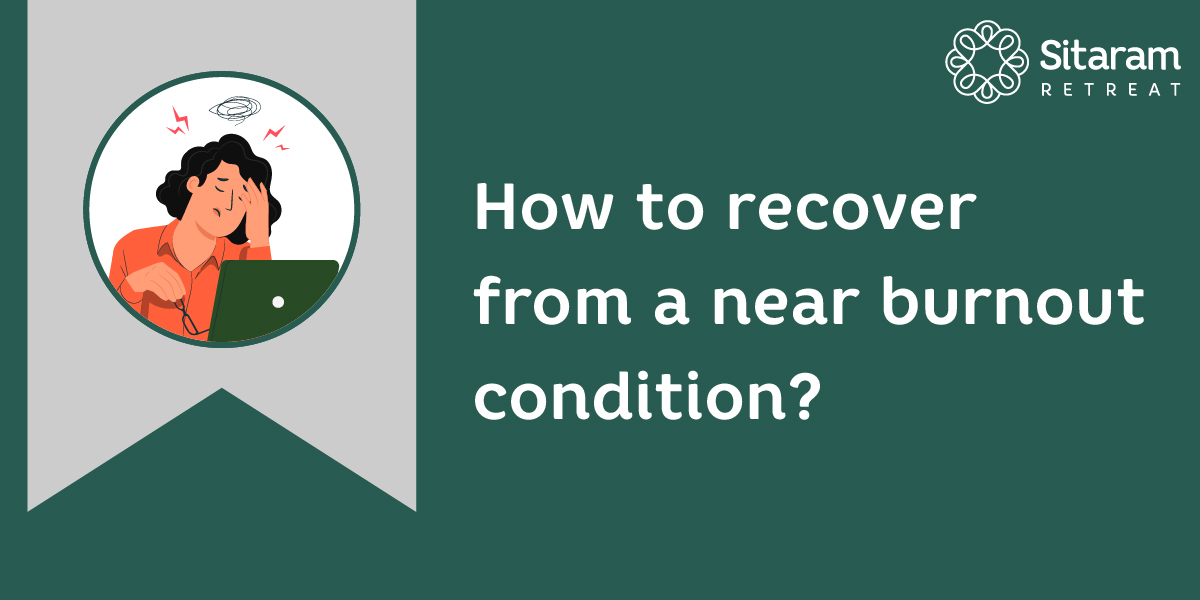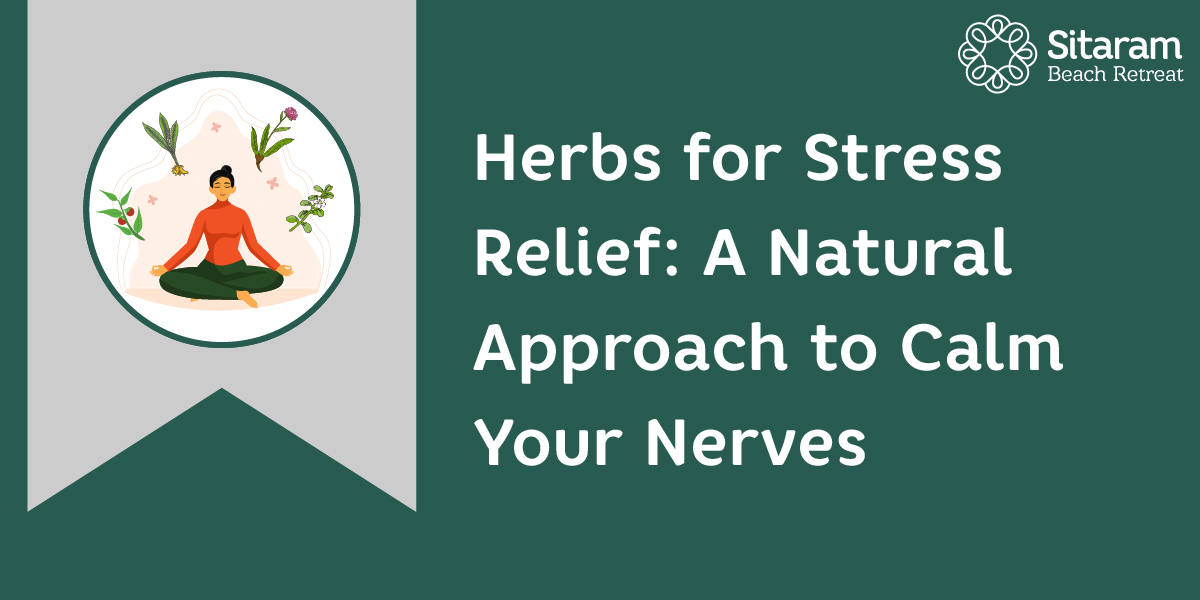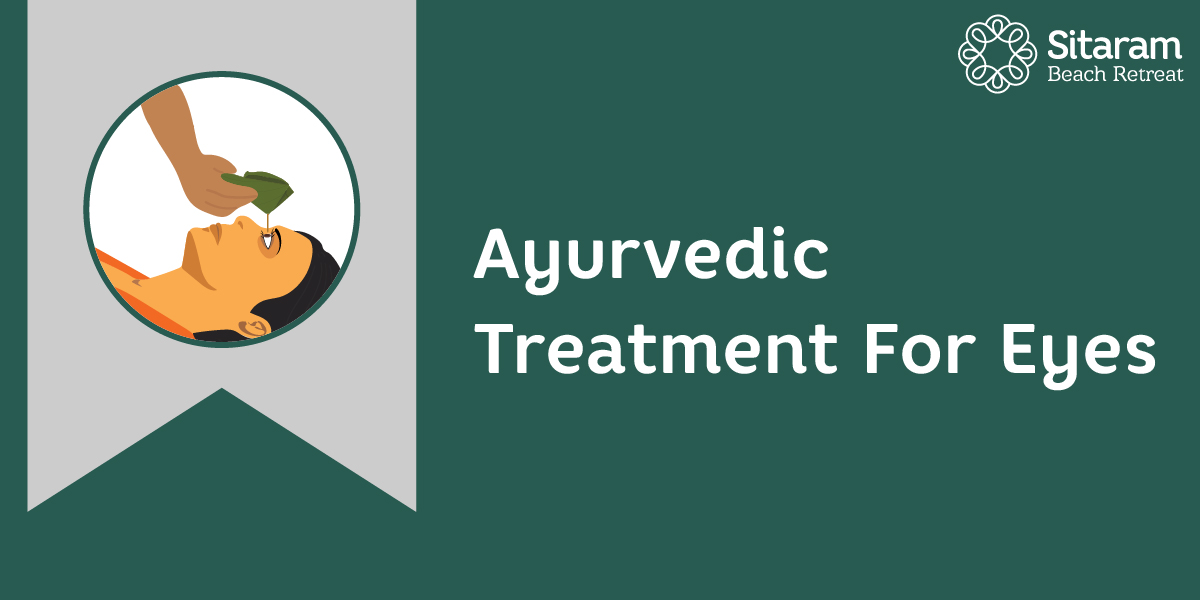Monsoon Season – The Best Time for Ayurveda Treatment
By Vignesh Devraj

A welcome cool wind and pleasant downpours brought on by the monsoon help to wash away the oppressive heat of the earlier months. Ayurvedic literature depict Varsha Ritu as the ideal season to engage in rejuvenation therapies, restorative natural remedies, and purification rituals. These texts drew inspiration from the revitalised vigour in nature. We may proudly state that Ayurveda is the only science that has recognised the importance of primary prevention. In order to attain fundamental prevention in the genuine sense, Dinacharya (daily regimen) and Ritucharya (seasonal regimen) are essential tools.
Vitiation of the tridoshas, are considered as the primary cause of many ailments. Vata dosha accumulated during the summer’s dry or dehydrating heat, gets worse during the rainy season, which slows down digestion. Due to the acidic atmospheric conditions that are typical of the monsoon season, Pitta dosha also begins to build up in the body, weakening digestion once more. This imbalance and toxin build-up frequently manifest as a disease and obstruct the body’s energy flow. In order to maintain a healthy constitution during this season, it is crucial to balance the doshas. With minor dietary changes or following an Ayurvedic diet for monsoon, Ayurveda strongly advises seasonal cleansing practices. The finest time to detox and regenerate, is during the monsoon.
SEASONAL PURIFICATION PRACTICES IN MONSOON !
Numerous chronic and complex disorders can develop as a result of the ama or metabolic waste that build up in the channels (srotas) over time. These might not be treatable with medications. In turn, the poisons may coat channels, clog them, lessen the digestive fire and ultimately prove lethal. According to scientific principles, seasonal purifying activities collectively called as shodhana therapies may assist people in periodically reaching equipoise i.e. dhatu saamyathwa.
Karkidaka (mid-July to mid-August) is characterized by intense daytime and nighttime rain, which forces people to stay inside. During this period, Mother Nature is graced with the sprouting of all kinds of vegetative life. In all vegetations, young, fragile sprouts appear as signs of renewal.
In Kerala, the monsoons do not pour for weeks on end. At regular intervals, there are long periods of heavy rain. Sometimes the rains last for a few days, but a break in the clouds is always around. Naturally, physicians of Kerala have concluded that similar regenerative physiological changes may also take place in people. So, palliative care and karkidaka chikitsa package is appropriate to be given during this time of year. Additionally, people’s general endurance declines during the rainy season. This also can be an after-effect of scorching summer. Therefore, rejuvenation techniques can help in restoring health.
WHICH TREATMENTS DOES AYURVEDA ADVISE FOR THIS SEASON
Following are a few of the typical monsoon treatments in Ayurveda that can be followed:
- Abhyanga – Abhyanga is the practise of massaging the body with medicinal oils to improve blood circulation and to soothe, hydrate, and renew the body’s cells. Abhyangam is also said to stimulate the internal organs of the body, benefits in better sleep, pacifies vata and pitta doshas.
- Swedanam – Using steam from boiling herbs, the patient is made to perspire during swedanam. It helps to mobilize the saturated toxins and then move from different parts of the body to the koshta, which makes it easy for the expulsion of doshas from the body.
- Shirodhara – Shirodhara is a classical ayurvedic procedure of slowly and steadily dripping medicated oil or other liquids on the forehead. This procedure induces a relaxed state of awareness that results in a dynamic psycho-somatic balance. Warm oil, milk, or medicinal buttermilk on the forehead for a predetermined amount of time lessens tension, enhances memory, lessens headaches, and prevents sleep problems.
- Pizhichil – Pizhichil is an important part of Panchakarma treatment that combines oil and heat therapy to improve blood circulation and eliminate Ama or toxins from your body. The medicated oil is poured on your body by squeezing it out from a cloth, following which a rejuvenating massage is given. It fights neurological problems, eliminates vata disorders, manages stress disorders, reduces body pain, treats nerve weakness, lessens fatigue, and prevents dry skin.
- Virechana – Virechana is a controlled process that assembles all the ama or metabolic waste of the body, and aids in eliminating them from the body and balances the pitta dosha. Virechana is believed to support slow aging, enhance the immune system of the individual, calms the mind and relaxes the body, improves the common digestion problems in rainy season, metabolic power and cleans the gastrointestinal tract and increase blood flow in every cell of the body, clears the common skin allergy in monsoon and enhances the beauty of the individual.
- Vamana – Vamana treatment is intended to cleanse the respiratory system by inducing vomiting. The treatment focuses on expelling increased Kapha dosha out of the body. To expel it out, first the Kapha dosha needs to be forcefully brought from the extremities and different parts of the body into the stomach, and then vomiting is induced. The therapy helps in restoring the general health, betters the allergy during rainy season, increases digestion and metabolic power. It also provides endurance to the body, clarity to the sense organs, mind, intellect, and complexity becomes apparent and the individual gains strength.
- Vasti – Cleansing of the colon through ingestion of medicated liquids is called as Vasti. Vasti is administered in two stages – as an oil enema and a decoction enema. Decoction enema is carried out to remove all the metabolic toxins from the region and oil enema supports to regain the strength for the body. Vasti treatment benefits in various ailments like lower back pain, all types of arthritis, sciatica, abdominal distention and gastric issues, nervous system disorders and other ailments.


 retreat@sitaramayurveda.com
retreat@sitaramayurveda.com +91 813 8888 912
+91 813 8888 912





